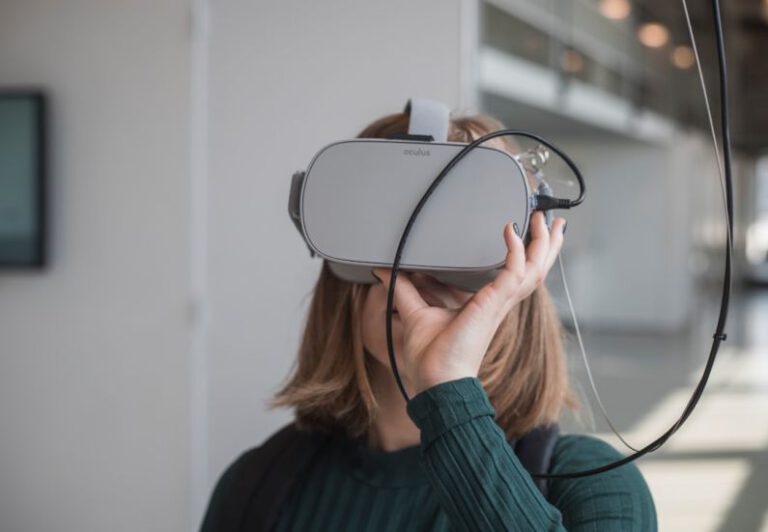The Rise of Hyperloop Transportation
Hyperloop Transportation: Revolutionizing the Future of Travel
In the realm of transportation innovation, the concept of Hyperloop technology has emerged as a game-changer, promising to revolutionize the way we travel. Conceived by Elon Musk in 2013, the Hyperloop is a high-speed transportation system that propels passenger pods through vacuum-sealed tubes at speeds exceeding 700 mph. This revolutionary mode of transportation has captured the imagination of engineers, entrepreneurs, and policymakers worldwide, sparking a wave of interest and investment in its development. Let’s delve into the rise of Hyperloop transportation and explore the potential implications of this groundbreaking technology.
The Birth of Hyperloop: A Visionary Concept
The inception of the Hyperloop concept can be traced back to a white paper published by Elon Musk in 2013. In this seminal document, Musk outlined his vision for a futuristic transportation system that would offer ultra-fast travel between major cities, effectively shrinking distances and revolutionizing long-distance commuting. The proposed system would utilize a network of low-pressure tubes to transport passenger pods at speeds faster than commercial airliners, all while being energy-efficient and environmentally friendly.
Hyperloop technology represents a paradigm shift in the transportation sector, offering a compelling alternative to traditional modes of travel such as cars, trains, and planes. By harnessing principles of magnetic levitation and low air resistance, the Hyperloop system has the potential to drastically reduce travel times and congestion, opening up new possibilities for urban planning and economic development.
The Race to Reality: Companies Competing for Supremacy
Since Elon Musk’s initial proposal, a number of companies have taken up the mantle of developing Hyperloop technology, each vying to be the first to bring this revolutionary mode of transportation to fruition. Companies such as Virgin Hyperloop, Hyperloop Transportation Technologies (HTT), and SpaceX have made significant strides in advancing the technology, conducting feasibility studies, building test tracks, and securing partnerships with governments and private investors.
One of the key players in the Hyperloop race is Virgin Hyperloop, a company founded by Richard Branson that aims to commercialize the technology and build the world’s first operational Hyperloop system. Virgin Hyperloop has conducted successful test runs with human passengers, demonstrating the safety and viability of the technology for mass transit applications. With ambitious plans to connect major cities and regions around the world, Virgin Hyperloop is poised to lead the charge in bringing Hyperloop transportation to reality.
Challenges and Opportunities: Navigating the Road Ahead
While the potential benefits of Hyperloop transportation are immense, the technology still faces a number of challenges that must be overcome before it can become a mainstream mode of travel. Technical hurdles such as maintaining vacuum conditions in the tubes, ensuring passenger safety at high speeds, and optimizing energy efficiency remain key areas of focus for developers and engineers.
Additionally, regulatory and logistical challenges, such as securing rights-of-way, obtaining permits, and addressing public concerns about safety and noise, pose significant hurdles to the widespread adoption of Hyperloop technology. However, proponents of the technology remain optimistic about its long-term potential to transform the way we move people and goods, citing its ability to reduce carbon emissions, alleviate traffic congestion, and spur economic growth.
The Future of Hyperloop: A New Era of Transportation
As Hyperloop technology continues to mature and evolve, the future of transportation appears poised for a seismic shift. With the promise of ultra-fast travel times, reduced environmental impact, and enhanced connectivity between cities and regions, Hyperloop transportation holds the potential to reshape the way we live, work, and play in the 21st century.
As companies race to bring Hyperloop systems online and governments explore the possibilities of integrating the technology into existing infrastructure networks, the dream of high-speed, sustainable transportation is inching closer to reality. While challenges remain, the collective efforts of innovators, policymakers, and investors indicate that the era of Hyperloop transportation is dawning, heralding a new age of mobility and connectivity for generations to come.






